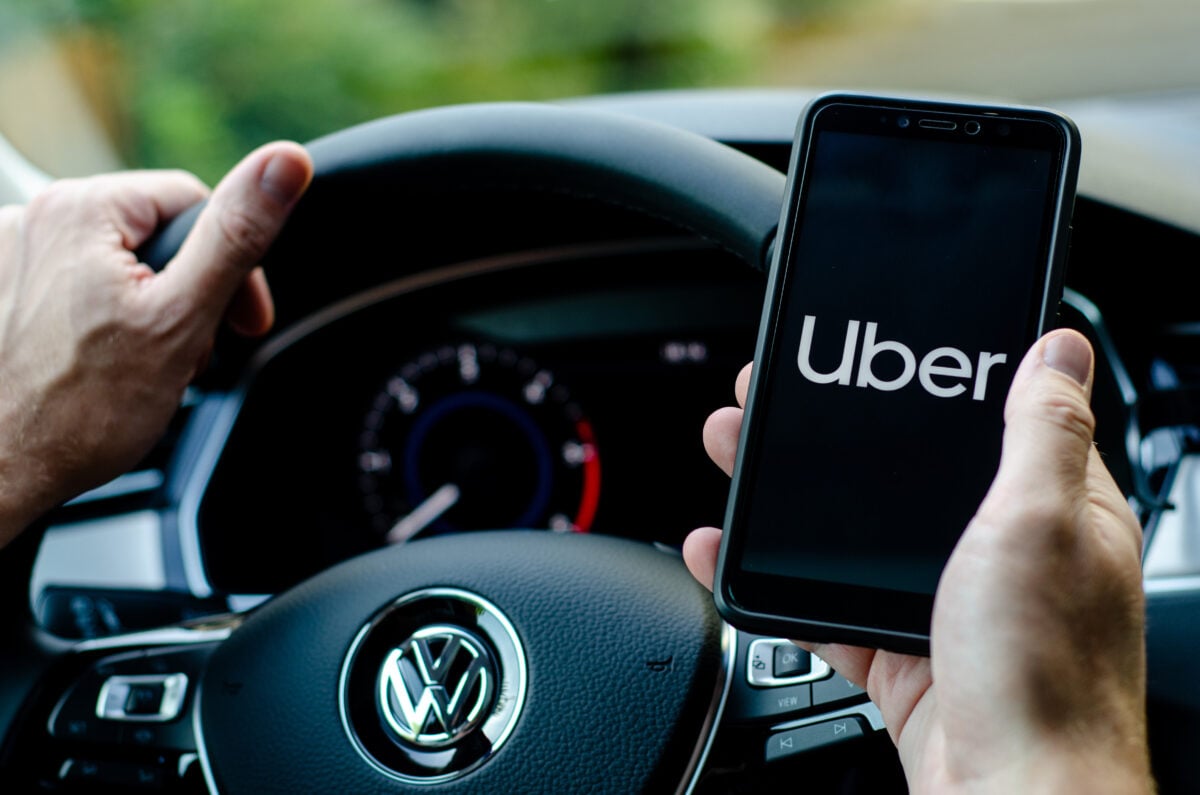TLDRs:
- Uber renames “Uber Green” to “Uber Electric,” aiming to boost EV rides in the US.
- Drivers in select states can access up to US$4,000 grants to switch to EVs.
- Battery-aware ride matching now expands to 25 countries, supporting multiple EV brands.
- Critics note unclear program details, raising questions about Uber’s true EV adoption push.
Uber has officially rebranded its environmentally focused ride service in the United States, renaming “Uber Green” to “Uber Electric”.
Announced Wednesday, this move signals the company’s intensified focus on expanding electric vehicle (EV) adoption among its drivers, aiming to accelerate sustainable transportation while offering riders more eco-friendly options. According to Uber, the platform now hosts over 200,000 EV drivers globally, a milestone that underscores the company’s growing footprint in the clean transportation sector.
The rebranding comes with new incentives designed to entice drivers toward EVs and strengthen the company’s EV infrastructure.
“Uber Electric represents more than a name change,it’s a commitment to enabling sustainable rides while supporting drivers transitioning to electric vehicles,” Uber said in a statement.
Driver Grants and Incentives
To facilitate the transition to EVs, Uber has introduced several financial incentives. Drivers in New York City, California, Colorado, and Massachusetts can apply for a US$4,000 grant to purchase or lease an EV.
For drivers across the broader US, the platform is also offering US$1,000 toward EV purchases through TrueCar, a vehicle pricing and shopping platform.
While the grants are designed to reduce the cost barrier for drivers considering EV adoption, critics have flagged a lack of transparency around eligibility, application windows, and program limits. Questions remain over whether this initiative is a genuine effort to expand EV usage or a narrower marketing strategy, especially since the grant amount mirrors the now-expired federal tax credit for used EVs.
Expanding Battery-Aware Matching
Uber is also enhancing its battery-aware ride-matching feature, now available in 25 countries across Europe, Canada, and the US.
This system prioritizes rides for EV drivers based on battery levels, helping reduce downtime and avoid range anxiety. Supported vehicles include models from Kia, Hyundai, Ford, Nissan, Volkswagen, and Mercedes-Benz, reflecting Uber’s commitment to accommodating a diverse EV fleet.
By optimizing rides for battery status, Uber aims to make EV driving more convenient and efficient for its network of drivers. This also aligns with a broader trend in ride-hailing services, where companies are leveraging technology to support sustainability initiatives without compromising driver profitability.
Infrastructure Opportunities
As the number of EV drivers grows, Uber’s push highlights the increasing need for fast-charging infrastructure. Airports and other high-traffic locations are emerging as critical nodes for charging stations.
For instance, San Francisco International Airport recently issued a Request for Proposals (RFP) for a DC fast-charging hub lease, while Philadelphia International Airport seeks bids for four DC fast chargers, with budgets ranging from $500,000 to $2 million.
These projects create opportunities for charging infrastructure developers and align with federal initiatives such as National Electric Vehicle Infrastructure (NEVI) funding, which can cover up to 80% of eligible costs. The development of fast-charging hubs is expected to support app-based ride-hailing drivers, many of whom do not have access to home charging, thereby ensuring the EV transition remains practical and scalable.





